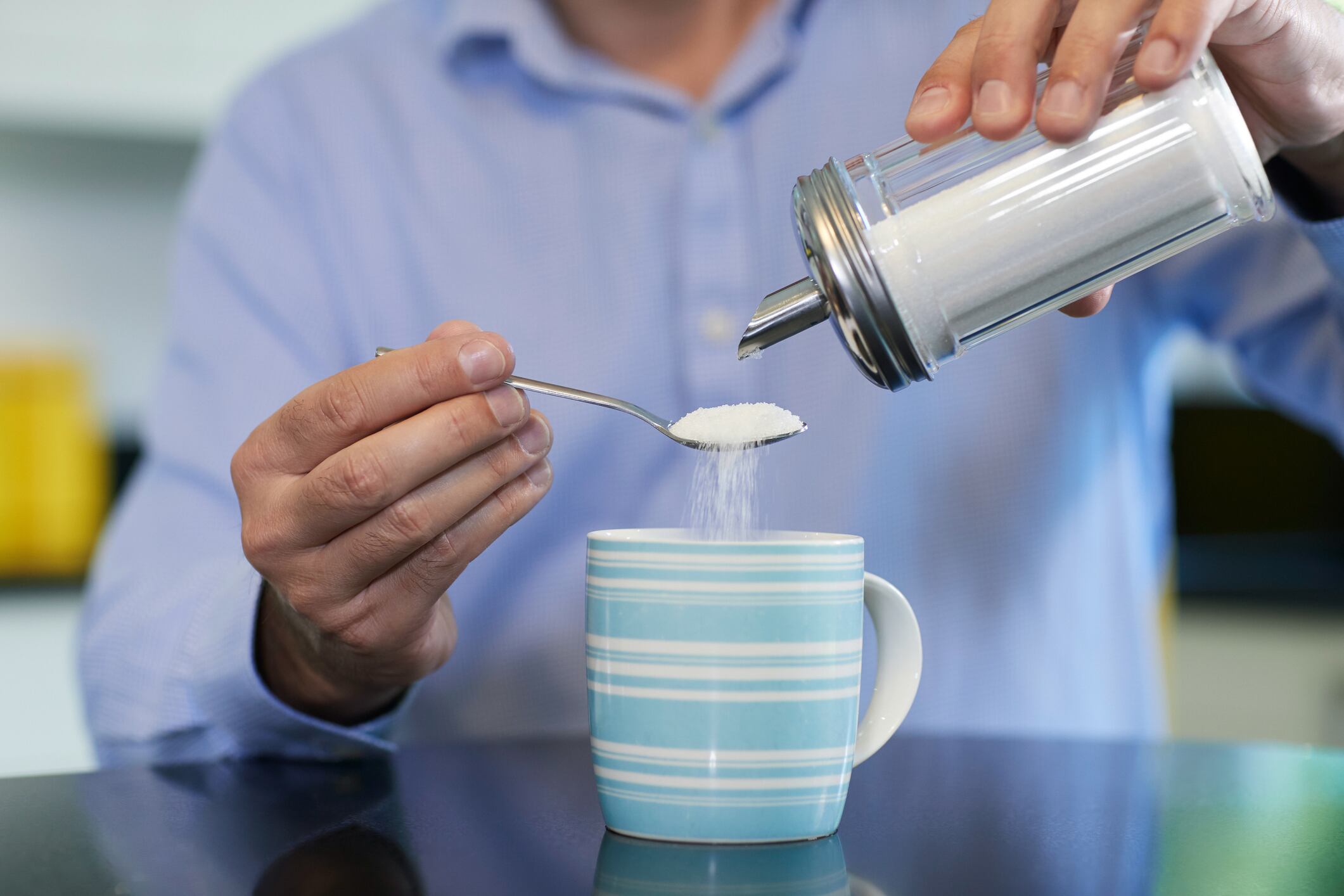The guide, straightforwardly termed The Investor's Guide to the New Zealand Food and Beverage industry 2020, was commissioned by the New Zealand Ministry of Business, Innovation and Employment (MBIE) and compiled by research agency Coriolis.
According to the report authors, the guide was meant to pool together information on the local food and beverage industry and arrange this ‘in a form which is familiar and useful to business’, particularly because of the importance of the industry to the country’s economy.
“The F&B industry accounts for 46% of all goods and services exports from New Zealand, [and we are also] the largest exporter in the world of dairy products and lamb in addition to being a major exporter of beef, kiwifruit, apples and seafood,” said the report.
The New Zealand F&B industry brought a combined revenue of NZ$71.7bn (US$40.4bn) in the year 2018-2019.
It was also strongly emphasised that Asia has become New Zealand’s largest destination region, and are key to the growth of the local industry.
“[Although] New Zealand exports food and beverages to a wide range of destinations, Asia is now the largest destination region. Developing markets – particularly China – are driving New Zealand food & beverage export growth,” said the authors.
China’s value as an F&B export destination stood at NZ$6.14bn (US$3.47bn) as of 2018, outstripping its closest competitors Australia (NZ$2.56bn/US$1.45bn) and the United States (NZ$2.53bn/US$1.43bn) by almost three times. Even the South East Asian region with all 10 member states combined stood at NZ$2.85bn (US$1.61bn), more than Australia or the USA.
In terms of F&B export growth, across the 10 years from 2008 to 2018, China grew by NZ$5.23bn (US$2.96bn) in total, over five times more than second-placed Australia’s NZ$1.02bn (US$576mn).
In 1965, 76% of F&B exports from here went to Europe and just 2% to Asia but this has seen a significant shift over the years in the other direction – according to the report, Asia now takes a minimum of 50% of this market.
“New Zealand is fast transitioning from feeding Westerners to feeding the Asia-Pacific region,” said the authors.
“This shift in market is leading to a corresponding shift in products and industry structure.”
Examples of this shift have included switching export volumes from ‘almost no consumer-ready packaged/processed foods or beverages’ to a model that is now ‘predominantly processed foods and beverages’, as well as switching the target purchasers from wholesalers/middle-men to consumers and the New Zealand brand-building.
“‘Brand New Zealand’ is recognised and valued by consumers, customers and investors worldwide - Consumers in key markets, particularly Asia, trust New Zealand food and beverages,” said the authors.
“[In Japan for example], New Zealand is positioned in the value ‘sweet spot’ as low cost and trusted in terms of Japanese consumers’ public image of foreign products.”
Industry response
Although it was not specifically stated in the report that MBIE hopes to attract more investors from Asia, given the strong focus on the region, it would be reasonable to expect this to be so.
One of the country’s largest foreign F&B business investors, Chinese dairy company Yili, was said to have generated consistent growth for the local dairy industry over the past decade, a feat which the MBIE would obviously wish to see more of, especially given the recent turbulence in the economy due to the COVID-19 outbreak.
The local F&B industry has also responded favourably to the guide, saying it paints a ‘bright picture’ for the industry and is a ‘magnificent resource’ for companies, investors and more.
“If we are to continue to build New Zealand’s reputation for safe and top quality food and beverage, investors need to be able to access the sort of information reports such as this can provide,” said New Zealand Food and Grocery Council Chief Executive Katherine Rich.
“Investment in these areas will further help boost the food and beverage export sector, which currently contributes around NZ$34bn (US$19.1bn) to the economy. That’s 65% of total merchandise exports and 46% of total goods and services exports.”





